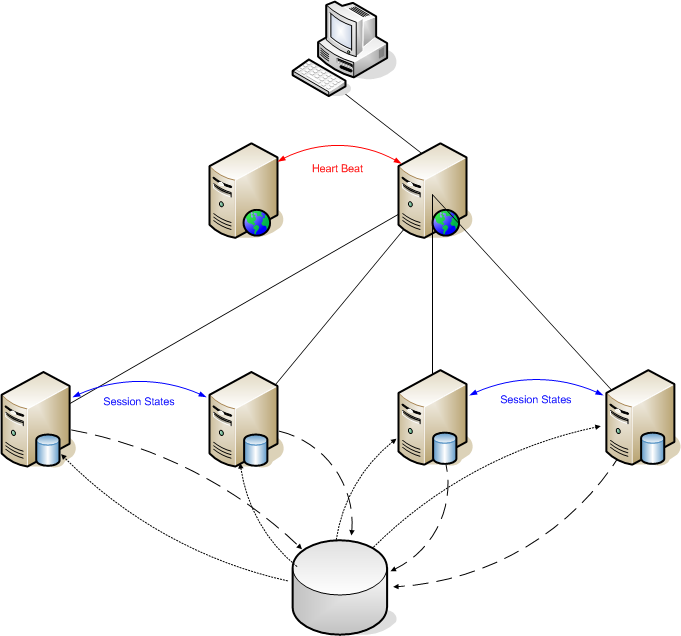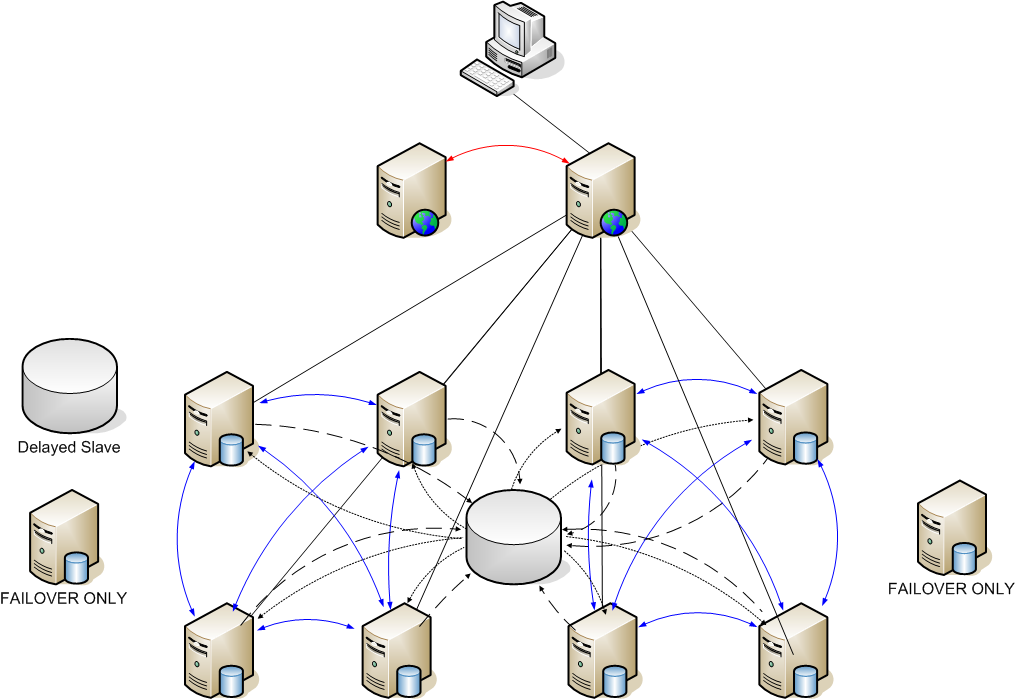As those who have to deal with me on a daily basis will tell you, I have a thing (bordering on an obsession) for little “packs” of stuff. One item I have been searching for for ages is a compact food pack that I can just leave in the bottom of my rucksack that would hold me or a loved one for 24 hours. All the ones I have found so far have been army packs, which are designed for living on for months and are huge or energy bars which ain’t filling and don’t have a balanced content. Added to this is the need for it to be vegan/vegetarian. A couple of days ago I found Seven OceanS standard Emergency Rations , which only those who have been unfortunate enough to be trapped in a lifeboat will have come across. They seemed perfect, so I ordered some, and opened a pack (as there doesn’t seem to be a review or proper details anywhere)
They come in a very traditional cardboard box, which contains a vacuum foil pack,
Open up the foil pack (it says you can rip it, but I had to bite it) and you find 9 grease proof “bars” wrapped in plastic
Each bar contains 2 biscuits, the biscuits taste vaguely sweet (sort of about the level of a digestive biscuit), they have the consistency of shortbread, I could quite happily eat them on their own, but they would equally go with most things from peanut butter to baked beans. My better half also tried them and said they were good.
The makers website does not contain much actual detail so I include the nutrition facts from off the box
All in all they are just right for my needs, an additional and far more practical use they could be put to is for the vegan/veggie lot, sometimes they are placed in a situation where you find very little suitable food to eat when travelling, and it would cost nothing to keep a pack in your luggage (my better half says they would make great vegan shortbread when there is only black coffee in the morning). It would be nice if the box had “once opened” instructions. The fact that they are low cost, about £5 for 9 bars (2500 calories) and have a shelf life of 5 years are excellent bonuses.
















